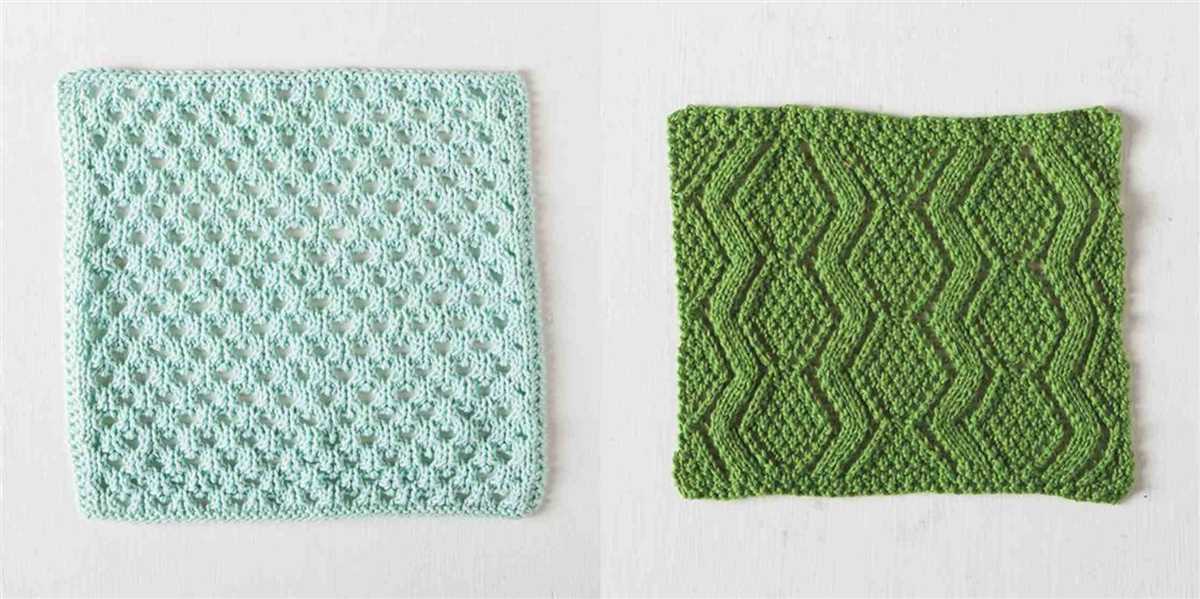
Knitting dishcloths can be a fun and rewarding project for knitters of all skill levels. Whether you are just starting out or have been knitting for a while, a dishcloth is a great way to practice new stitches and improve your knitting techniques. In this article, we will explore a popular dishcloth knitting pattern using size 8 needles.
Size 8 needles are a common choice for knitting dishcloths because they offer a good balance between stitch definition and ease of use. They are not too large, so you can still create intricate patterns, yet not too small, making them faster to work with. If you are a beginner, size 8 needles are a great starting point as they are versatile and can be used for a wide range of projects.
This dishcloth knitting pattern is perfect for beginners as it only requires basic knitting skills. The pattern consists of simple knit and purl stitches, making it easy to memorize and follow along. With just a few hours of knitting, you can create a beautiful dishcloth that is not only functional but also adds a touch of handmade charm to your kitchen.
So, grab your size 8 needles, some cotton yarn, and get ready to embark on a knitting adventure. Follow along with our step-by-step instructions and soon enough, you will have a lovely dishcloth that will make doing the dishes a little more enjoyable!
Benefits of using size 8 needles for dishcloths
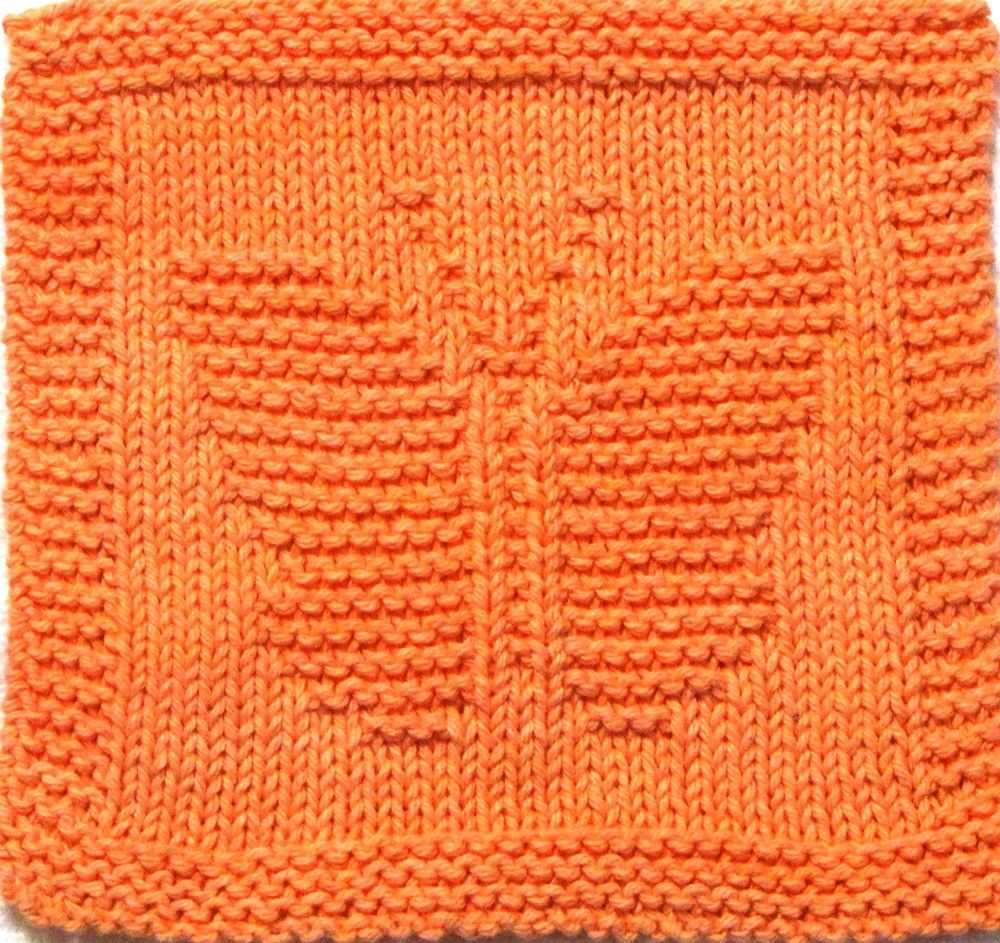
When it comes to knitting dishcloths, the size of the needles you choose can make a big difference in the final result. One popular option is to use size 8 needles, which offer several benefits for this particular project.
1. Versatility
Using size 8 needles for dishcloths provides versatility in terms of stitch size and tension. With these needles, you can achieve a balanced fabric that is not too tight or too loose. This versatility allows you to create dishcloths that are sturdy and absorbent, yet still have a nice drape. Whether you prefer a dense or more open stitch pattern, size 8 needles give you the flexibility to choose.
2. Speed
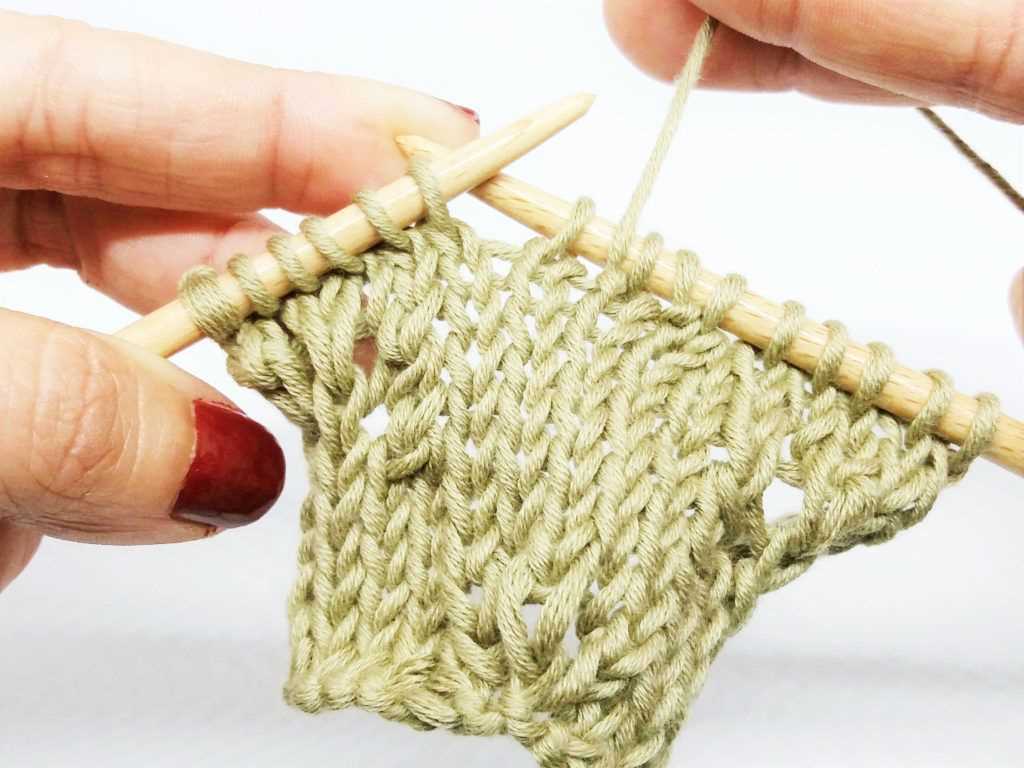
Knitting with size 8 needles can also save you time, as they are larger and can accommodate more stitches per row. This means you can finish your dishcloths sooner and move on to your next knitting project. The larger needle size also makes it easier to see and correct mistakes, resulting in a smoother and faster knitting experience.
3. Durability
Dishcloths knitted with size 8 needles tend to be durable and long-lasting. The thicker yarn typically used with these needles creates a sturdy fabric that can withstand frequent use and washing. This durability is important for dishcloths, as they often need to be able to withstand scrubbing and cleaning without falling apart or losing their shape.
4. Comfort
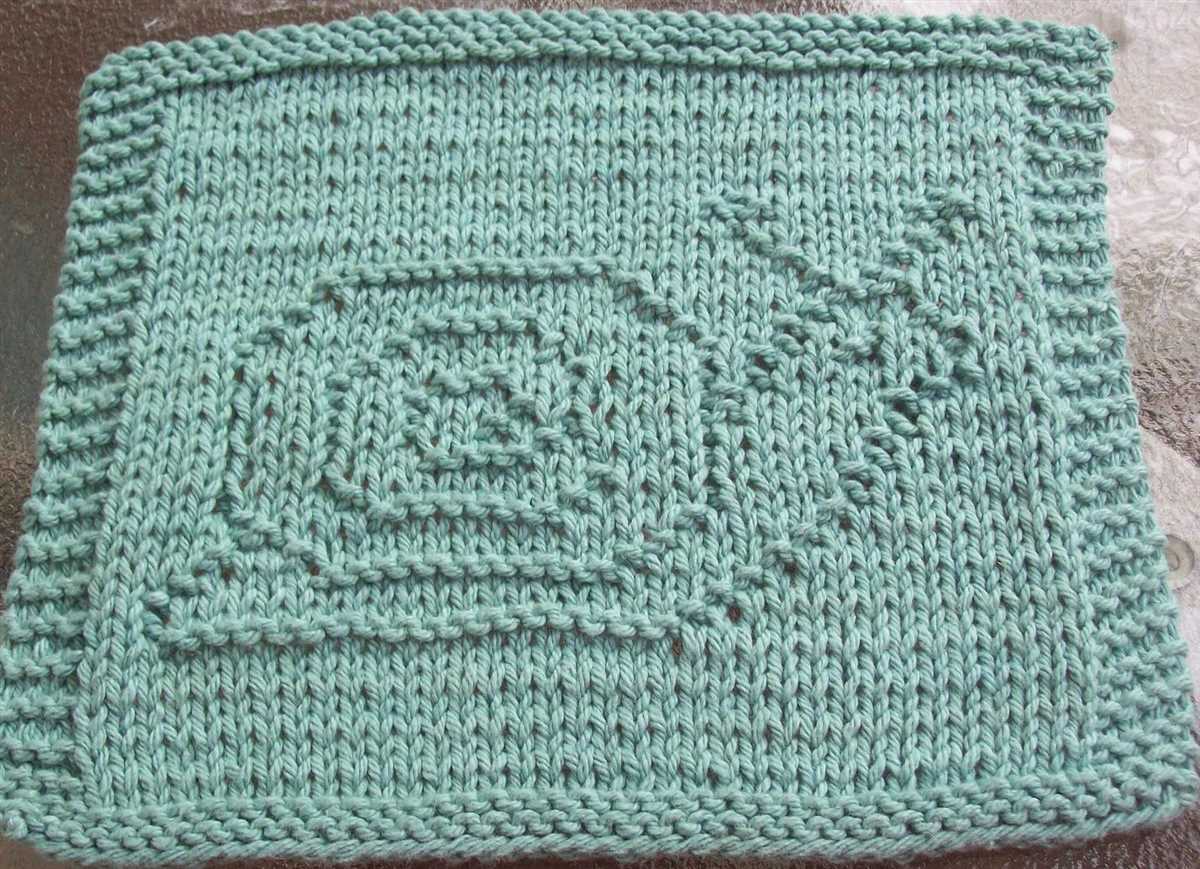
The larger size of the needles can also make knitting dishcloths more comfortable. Size 8 needles are easy to hold and manipulate, reducing strain and fatigue on your hands and wrists. This makes them a great choice for beginner knitters or those with arthritis or other hand conditions.
5. Availability
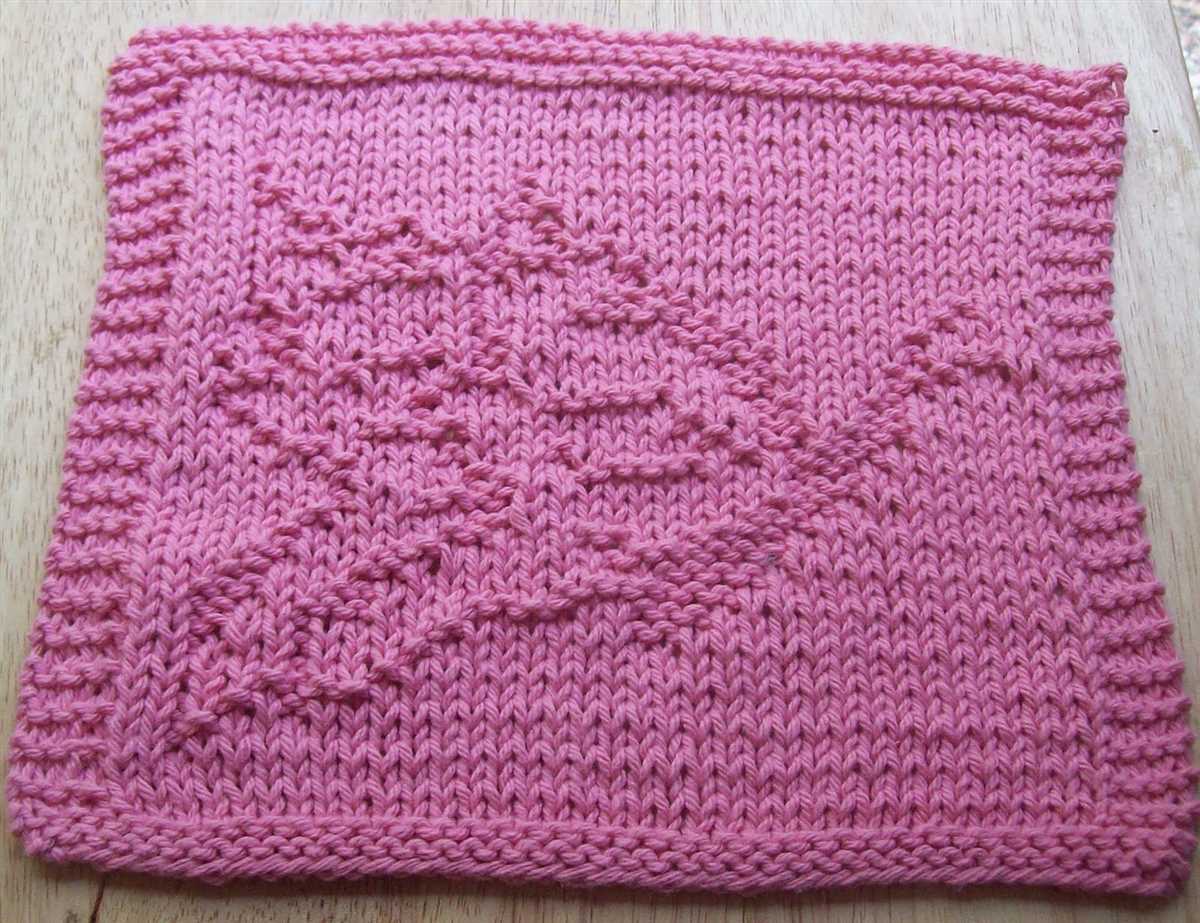
Size 8 knitting needles are readily available and can be found in most craft stores. This accessibility means you can easily start your dishcloth project without having to search for specialty or hard-to-find sizes. Plus, if you already own size 8 needles, you can easily repurpose them for dishcloth knitting, making it a budget-friendly option.
Overall, using size 8 needles for dishcloths offers versatility, speed, durability, comfort, and availability. Whether you’re a beginner or experienced knitter, these needles can help you create beautiful and functional dishcloths that will withstand the test of time.
Choosing the right yarn for dishcloth knitting
When selecting yarn for dishcloth knitting, it is important to consider several factors to ensure that your final product is both durable and functional. The type of yarn you choose will greatly affect the absorbency and lifespan of your dishcloth.
Fiber content: Opting for natural fibers such as cotton or linen is ideal for dishcloth knitting. These fibers have excellent absorbency and are resistant to mildew and odor. Cotton and linen are also easy to clean and maintain, making them perfect for kitchen use.
Weight: For dishcloths, it is recommended to use a medium-weight or worsted weight yarn. These yarns provide the right balance between absorbency and durability. Avoid using bulky or super bulky yarns as they may make the dishcloth too thick and less effective for washing dishes.
Texture and stitch definition: Consider the stitch pattern you plan to use for your dishcloth. Yarns with a smooth texture and good stitch definition will showcase the pattern beautifully. Avoid highly textured or fuzzy yarns that may hide the stitch pattern or make the dishcloth less functional.
Color: While color is mainly a personal preference, it is worth considering the practicality of light-colored yarns for dishcloth knitting. Light colors will show stains and discoloration more easily compared to darker shades. However, using darker colors could make it more difficult to see dirt and stains, potentially compromising the cleanliness of your dishcloth.
Price: Lastly, consider your budget when selecting yarn for dishcloth knitting. While high-quality yarns may be more expensive upfront, they often prove to be more cost-effective in the long run due to their durability and longevity. However, there are budget-friendly options available that can still produce satisfactory results.
By considering these factors, you can choose the right yarn for your dishcloth knitting project, ensuring that your finished dishcloth is not only functional but also a joy to use in your kitchen.
Understanding the gauge for size 8 needle dishcloth patterns
When it comes to knitting dishcloths with size 8 needles, understanding the gauge is essential. The gauge determines the number of stitches and rows needed to create a specific measurement, and it ensures that the finished dishcloth will have the intended size and texture.
When working with size 8 needles, the gauge for dishcloth patterns is typically around 4-5 stitches per inch. This means that for every inch of knitting, there should be about 4-5 stitches. The gauge can vary depending on the desired texture and yarn thickness, so it’s important to check the specific pattern instructions to ensure accuracy.
To achieve the correct gauge, it may be necessary to adjust the tension of your knitting. Tension refers to the tightness or looseness of your stitches. If your stitches are too tight, you may need to use larger needles to achieve the desired gauge. If your stitches are too loose, you may need to use smaller needles. Swatching is a helpful technique to test your tension before starting the actual project.
Using the correct gauge is vital for ensuring that your dishcloth turns out the right size. It also ensures that the fabric has the desired drape and texture. By understanding and following the gauge for size 8 needle dishcloth patterns, you can create beautiful and functional dishcloths that will be a joy to use in your kitchen.
Basic Knit Stitch for Dishcloth Knitting
The basic knit stitch is an essential technique for knitting dishcloths. It creates a smooth and sturdy fabric that is perfect for wiping up spills and scrubbing dishes. To knit a dishcloth, you will need a pair of size 8 knitting needles and some cotton yarn.
To begin, cast on the desired number of stitches for your dishcloth. This pattern usually calls for a cast on of around 40 stitches, but you can adjust the size to your preference. Insert the right-hand needle into the first stitch on the left-hand needle from left to right.
Hold the yarn in your right hand and wrap it around the right-hand needle from back to front. This creates a loop around the needle. Use the right-hand needle to pull the loop through the first stitch, sliding it onto the right-hand needle.
Repeat this process for each stitch, working from left to right. Make sure to keep your tension even and avoid pulling the yarn too tight or too loose. As you continue knitting, you will see a row of interlocking V-shaped stitches forming on the right-hand needle.
Continue knitting each row in the same manner until your dishcloth reaches the desired length. Once you have finished knitting, bind off the stitches by knitting two stitches, then using the left-hand needle to lift the first stitch over the second stitch and off the right-hand needle. Repeat this process until only one stitch remains, then cut the yarn and pull it through the last stitch to secure.
After binding off, your dishcloth is now complete. You can customize it by adding a crochet border, embroidery, or any other decorative elements. Dishcloths knitted with the basic knit stitch are not only functional, but they also make great handmade gifts for loved ones.
Purl Stitch for Dishcloth Knitting
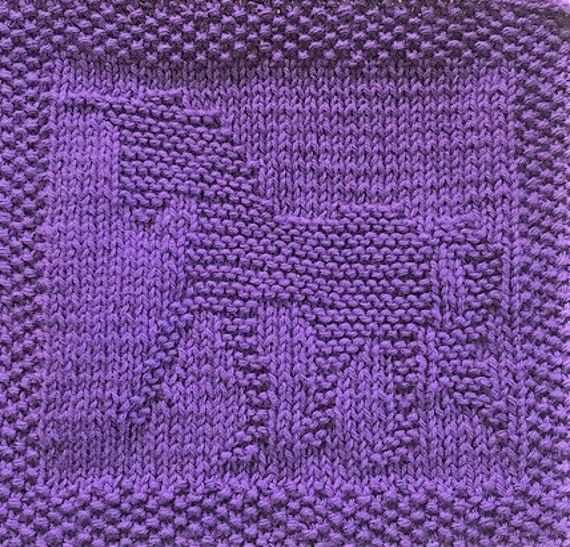
The purl stitch is an essential stitch for knitting dishcloths. It creates a textured pattern of bumps on the surface of the fabric, which adds interest and helps to thoroughly clean dishes.
To execute the purl stitch, follow these steps:
- Hold the working yarn: With the right-hand needle, hold the working yarn behind the project. The working yarn should be positioned below the needle.
- Insert the needle: Insert the right-hand needle from right to left through the front of the first stitch on the left-hand needle.
- Wrap the yarn: Bring the working yarn over the right-hand needle from back to front, crossing over the needle.
- Pull through and drop: With the right-hand needle, pull the wrapped yarn through the stitch, creating a new stitch on the right-hand needle. Drop the old stitch off the left-hand needle.
Repeat these steps for each stitch on the left-hand needle until all stitches have been purled. The end result will be a fabric with a bumpy texture, perfect for scrubbing dishes.
When working a purl stitch pattern on size 8 needles for a dishcloth, it’s important to maintain tension and consistency throughout. This will ensure an even and attractive finished product. Remember to relax your grip on the needles and yarn, as tight tension can lead to a stiff and less absorbent dishcloth.
Experiment with different variations of purl stitch patterns to create unique designs for your dishcloths. Adding a panel of purl stitches among knit stitches or incorporating purl stitches in the shape of letters or motifs can make your dishcloth even more special.
Simple Dishcloth Pattern for Size 8 Needle Knitting
Knitting dishcloths is a great way to practice your knitting skills and create practical items for your kitchen. This simple dishcloth pattern is designed specifically for size 8 knitting needles, which are a versatile size for a variety of projects.
To get started, gather your materials: a pair of size 8 knitting needles and a ball of cotton yarn. The cotton yarn is perfect for dishcloths as it is absorbent and durable.
Cast on 40 stitches using the long-tail cast-on method. This will create a nice, square dishcloth. If you prefer a smaller or larger size, you can adjust the number of stitches accordingly.
Next, knit every row until the dishcloth reaches your desired size. If you want a textured pattern, you can incorporate different stitch patterns, such as seed stitch or ribbing, but for a simple and functional dishcloth, plain knitting works great.
Once you’ve reached the desired size, bind off all stitches and weave in any loose ends. Give your dishcloth a gentle blocking by wetting it and laying it flat to dry. This will help even out the stitches and give your dishcloth a polished look.
This dishcloth pattern is a quick and easy project that is perfect for beginners or experienced knitters looking for a relaxing knitting project. The finished dishcloth is not only functional but also makes a great gift for friends and family.
Adding Texture to Dishcloths with Size 8 Needles
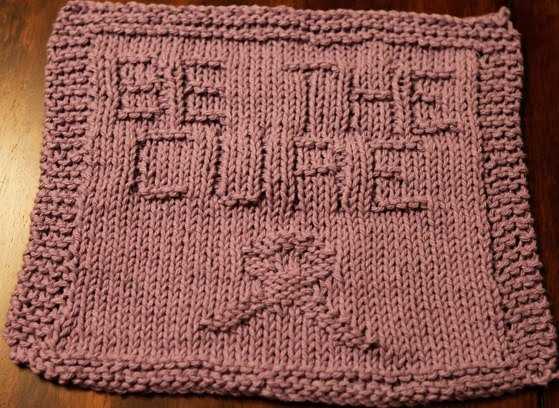
Knitting dishcloths with size 8 needles offers an opportunity to add texture to your projects. The larger needle size allows for a looser tension, resulting in a dishcloth with a more textured appearance. This can make your dishcloth not only functional but also visually interesting.
One way to add texture to your dishcloth is by using different stitches. For example, you can try using the seed stitch, which alternates between knit and purl stitches in a pattern. This creates a bumpy texture that is great for scrubbing dishes. Another option is the basketweave stitch, which creates a woven pattern that adds both visual interest and texture. By experimenting with different stitch patterns, you can create dishcloths with unique textures that suit your personal style.
Another way to add texture is by incorporating different yarn types. For instance, using a cotton yarn with a tighter twist can create a slightly rougher texture that is great for scrubbing. On the other hand, using a softer yarn like bamboo or merino can create a smoother texture that is gentle on delicate dishes. By playing around with different yarn types, you can customize the texture of your dishcloth to meet your specific needs and preferences.
Additionally, you can add embellishments to your dishcloth to further enhance the texture. You can add small loops, bobbles, or even cables to create raised sections that provide extra grip when scrubbing. These embellishments not only add texture but also make the dishcloth more visually appealing. Experiment with different embellishment techniques to find ones that you enjoy and that add the desired texture to your dishcloths.
Overall, knitting dishcloths with size 8 needles provides the perfect opportunity to add texture to your projects. From different stitch patterns to various yarn types and embellishments, there are numerous ways to create unique textures that make your dishcloths both functional and visually appealing. So grab your size 8 needles and let your creativity shine!
Tips for successful dishcloth knitting with size 8 needles
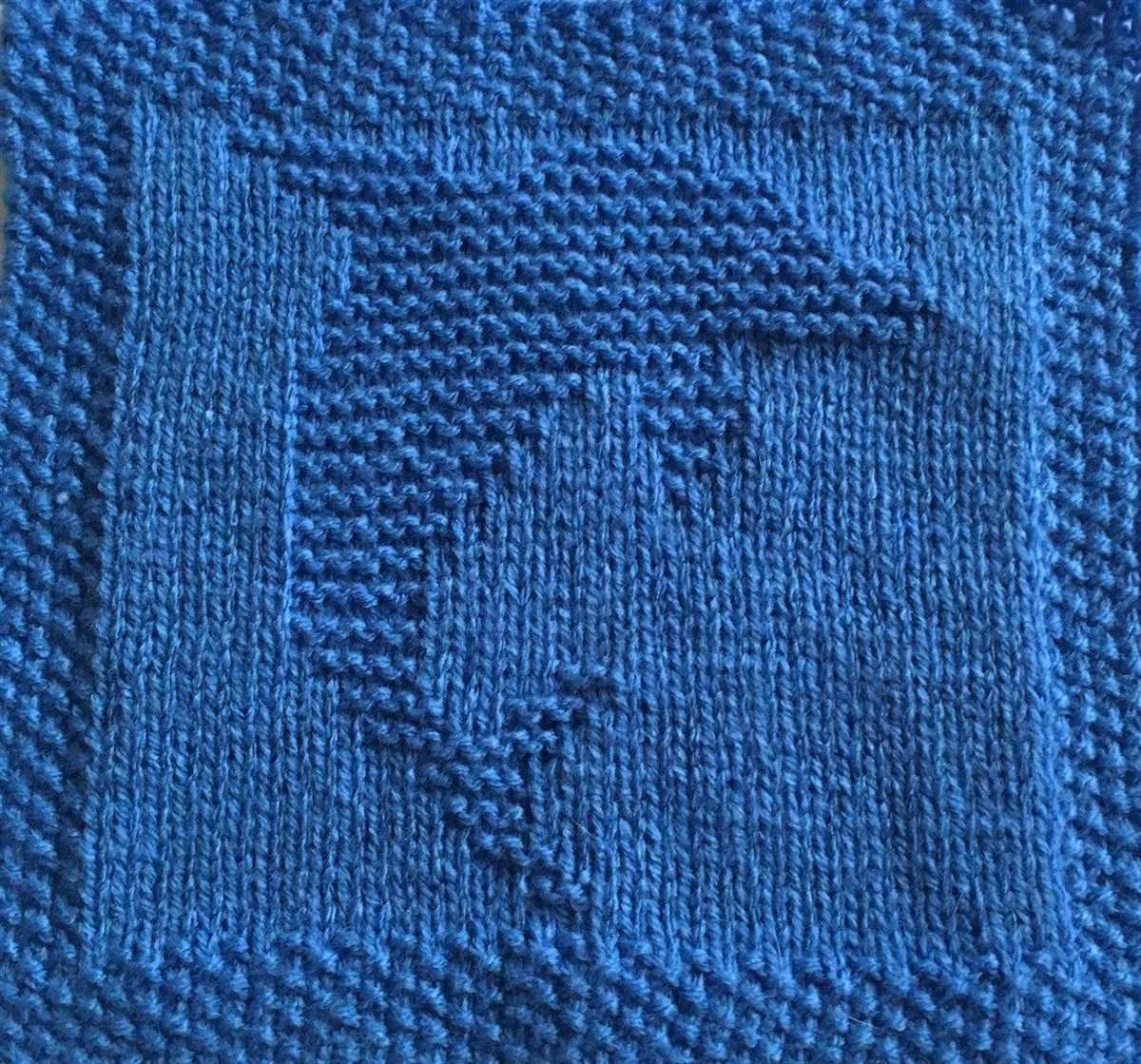
Knitting dishcloths with size 8 needles can be a fulfilling and practical project. The larger needle size allows for a looser and more absorbent fabric, perfect for cleaning and scrubbing. Here are some tips to help you achieve success with your dishcloth knitting:
1. Use the right yarn:
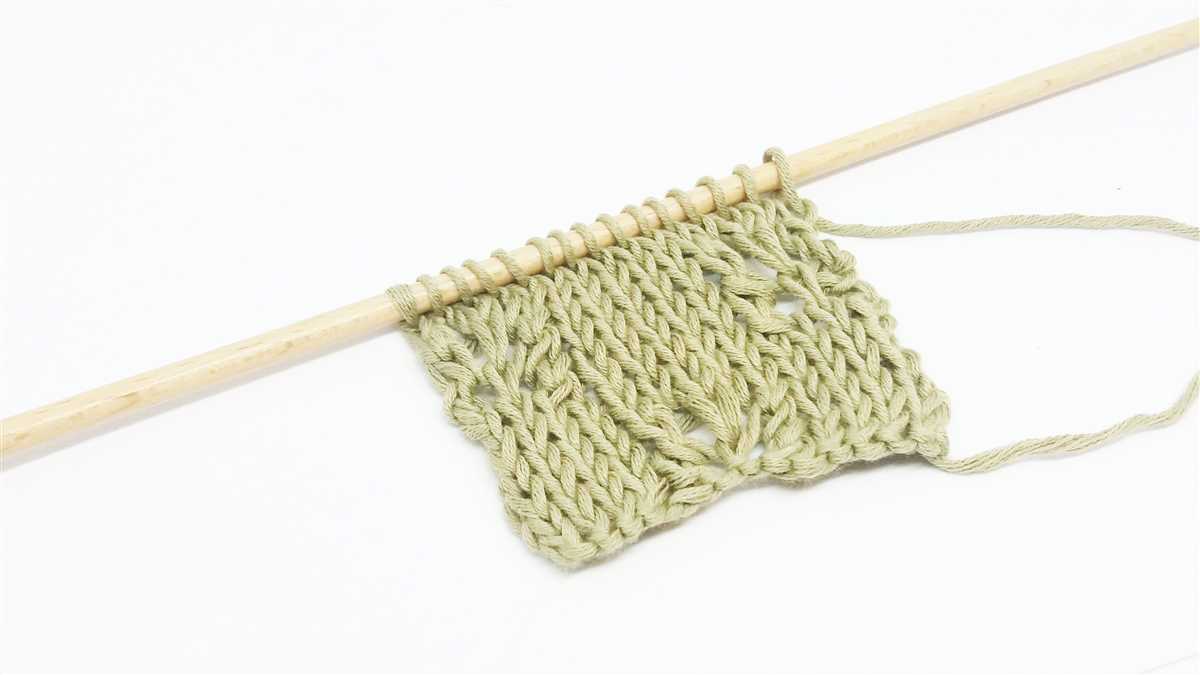
Choosing the right yarn is crucial for a successful dishcloth. Look for cotton or linen yarns that are absorbent and durable. Avoid using synthetic fibers, as they may not hold up well to repeated washing and scrubbing.
2. Gauge matters:
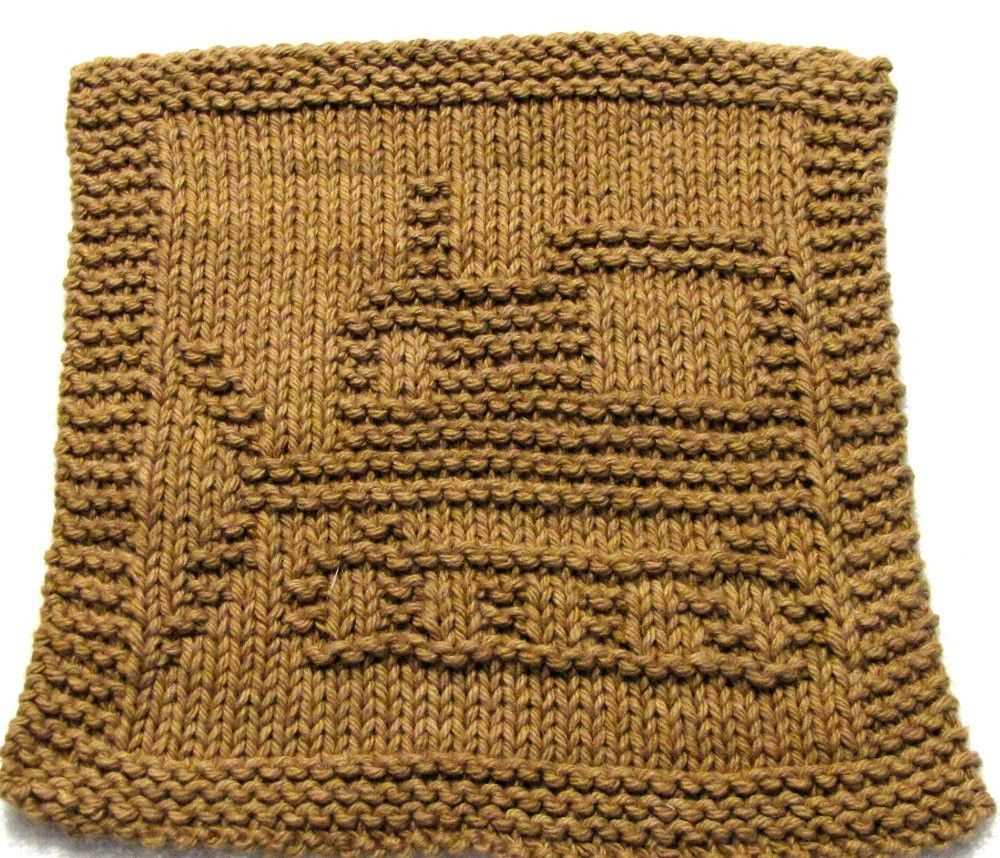
Before you start knitting, make sure to check your gauge. Use the recommended needle size and check how many stitches and rows per inch you have. Adjust your needle size if necessary to achieve the desired gauge. This will ensure that your dishcloth turns out the correct size.
3. Select an appropriate pattern:
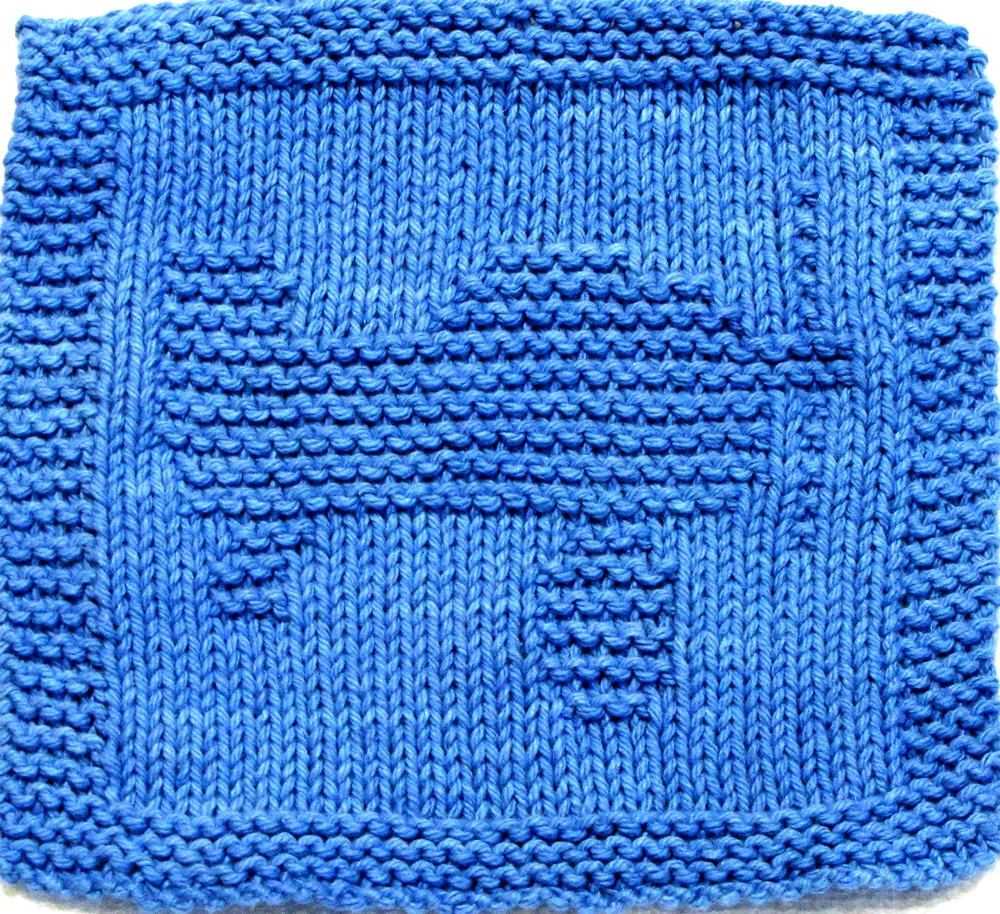
When knitting dishcloths with size 8 needles, choose patterns that are not too intricate or delicate. Stick to simple stitch patterns that allow the dishcloth to be functional and easy to use. Garter stitch or seed stitch are great options for dishcloths.
4. Blocking for a polished finish:
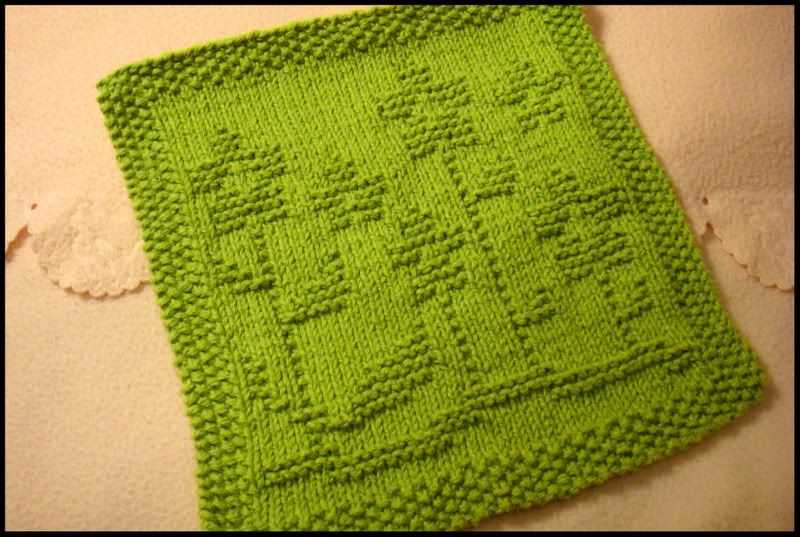
To give your dishcloth a more polished look, consider blocking it after knitting. Wet the dishcloth, gently squeeze out any excess water, and lay it flat to dry. This will help even out the stitches and improve the overall appearance of the finished dishcloth.
5. Have fun with color:
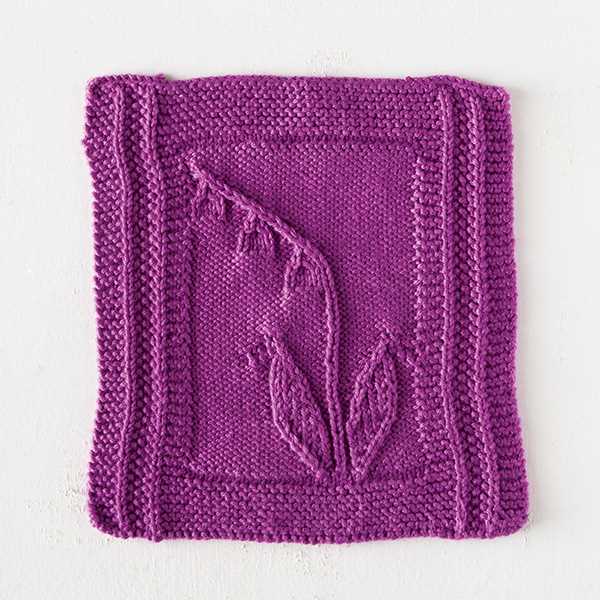
One of the benefits of knitting dishcloths is the opportunity to play with color. Experiment with different color combinations or use variegated yarns for a fun and vibrant look. Remember to choose colors that are colorfast and won’t bleed onto your dishes.
By following these tips, you’ll be able to create beautiful and functional dishcloths using size 8 needles. Enjoy the process of knitting and take pride in your handmade creations.
Finishing and caring for your knitted dishcloths
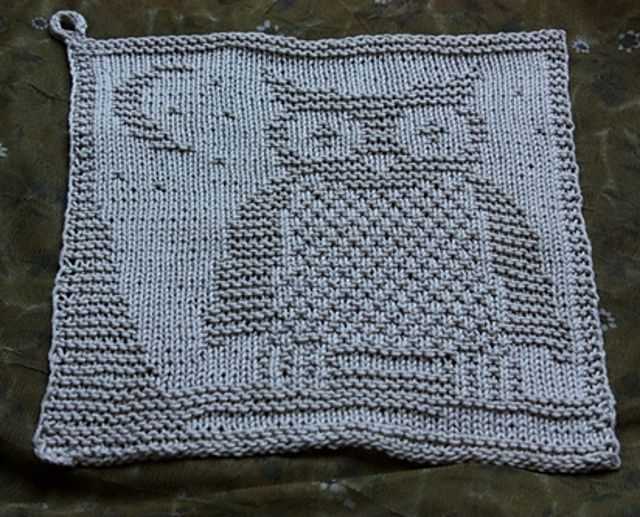
Once you have finished knitting your dishcloth using size 8 needles, it’s time to give it some final touches before it’s ready for use. Follow these steps to complete your project:
- Bind off your stitches: To secure the edges of your dishcloth, bind off the stitches. Cut the yarn, leaving a long tail, and thread it through the last loop, pulling tight to secure.
- Weave in loose ends: With a yarn needle, thread the remaining yarn tails through a few stitches on the back of the dishcloth. This will hide the ends and keep them from unraveling.
Now that your knitted dishcloth is finished, it’s important to care for it properly to ensure its longevity. Here are some tips to keep your dishcloth clean and in great condition:
- Wash by hand or machine: You can either hand wash your dishcloth in warm water with mild soap or toss it in the washing machine on a gentle cycle. Avoid using fabric softener or harsh detergents as they can reduce absorbency.
- Hang or lay flat to dry: After washing, reshape your dishcloth and allow it to air dry. Hanging it or laying it flat will help maintain its shape.
- Use bleach sparingly: If you need to remove tough stains or disinfect your dishcloth, you can use a small amount of bleach. However, excessive use of bleach can weaken the fibers over time.
- Rotate your dishcloths: To prevent excessive wear and tear, consider having multiple dishcloths on rotation. This will ensure that each cloth lasts longer.
By following these finishing and care instructions, you will be able to enjoy your knitted dishcloths for years to come. They are not only practical but also make great gifts for family and friends.